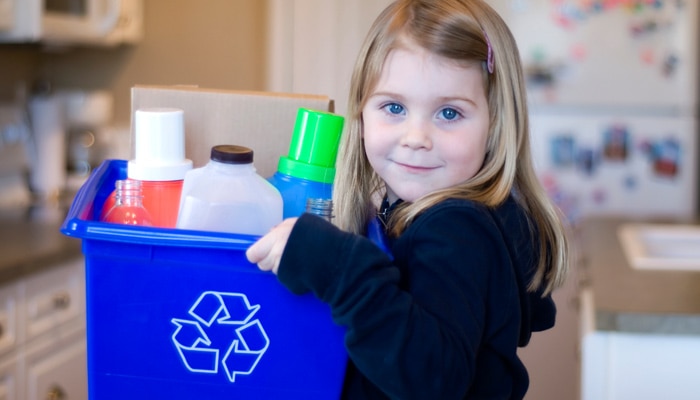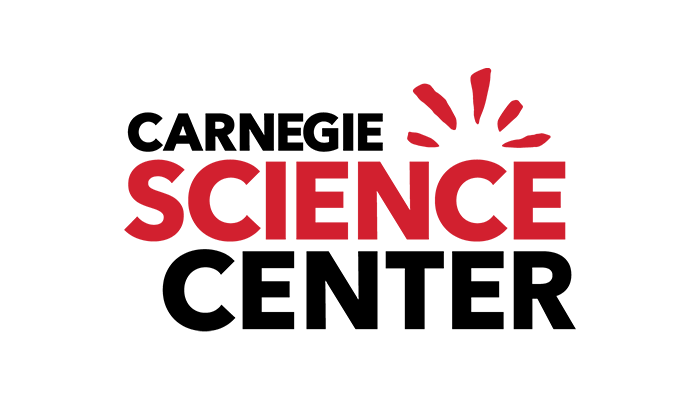While we believe that the books and resources recommended may be of value to you, keep in mind that these are suggestions only and you must do your own due diligence to determine whether the materials are appropriate and suitable for your use. PNC has no sponsorship or endorsement agreement with the authors or publishers of the materials listed.
RECYCLING

Rah! Rah! Recycling
Children will learn about everyday items that are recyclable.

Lesson Objective
Children will learn the difference between recyclable plastic and paper products, and work together to sort them.
ScienceArt
What You'll Need
- Protective gloves – adults and children
- Clean, empty paper and plastic recyclables from home or the classroom, such as the following:
- cereal, cookie, or cracker boxes
- plastic bottles
- juice boxes
- plastic tubs
- newspapers
- magazines
- paper scraps
- Recycling bin for bottles and cans
- Recycling bin for paper
- Drawing paper
- Crayons
- Old bedsheet or shower curtain – 1
What To Do
- Spread the recyclables around the bedsheet placed on the floor.
- Begin a conversation about recycling (see Did You Know?).
- Place a bottle and can recycling bin and a paper recycling bin in the center of the circle.
- Demonstrate how to sort the recyclables, placing them in the appropriate bin.
- Ask children to put on protective gloves and then place the objects into the appropriate recycling bin.
- Distribute crayons and paper and ask each child to draw a picture of something that would go into the bottles and cans recycling bin or into the paper recycling bin.
- Have the children hang their picture above the appropriate containers.
- Discuss their sorting and whether it was correct.
Resources
Home School Resources
Home educators: use these printable lesson PDFs to teach this lesson to your home schoolers. They're available in English and Spanish.
Content Provided By
Common Core State Standards Initiative – These lessons are aligned with the Common Core State Standards ("CCSS"). The CCSS provide a consistent, clear understanding of the concepts and skills children are expected to learn and guide teachers to provide their students with opportunities to gain these important skills and foundational knowledge [1]. Visit the CCSS


